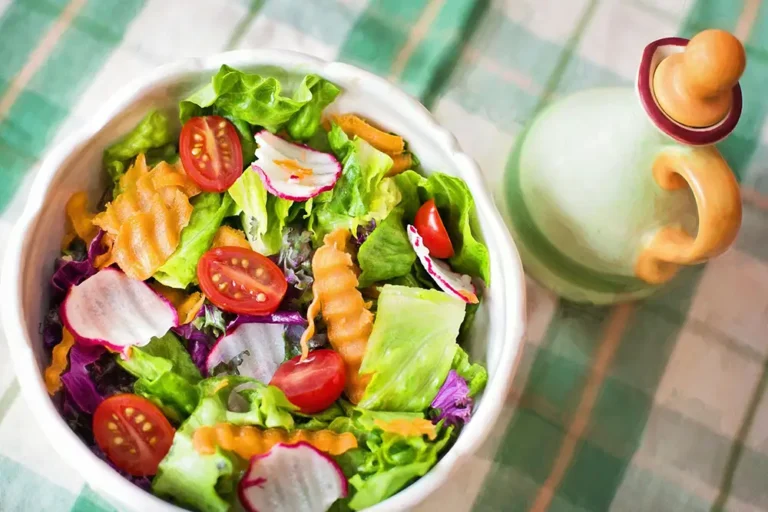Diets Matter.
A diet containing calcium-rich milk from animal sources competes with iron absorption in the small intestines and can lead to iron deficiency anemia [10, 11]. Calcium reduces iron absorption from a single dairy-rich meal from 10.2% to 4.8% [12]. In addition, dairy products are rich in casein – a protein that inhibits iron absorption from other foods [11], and deficient in vitamin C (an enhancer for iron absorption from the gastrointestinal tract. Pasteurization reduces dairy product’s iron content [13]. Although a heme-iron-rich diet containing red meat, poultry, eggs, and/or fish can increase iron absorption [23], it cannot compensate for the mucosal damage, high loss of protein, and occult blood loss in the GI tract caused by dairy consumption [10, 15-16]. Chronic inflammation-induced oxidative stress accelerates the delivery of iron to pathogens and cancer cells and free radical production, which in turn, damages cells, boosts the colonization of pathogens, and correlates with acute and recurrent infections, inflammatory chronic inflammatory conditions, and cancer [14, 18-21].
A diet rich in polyphenols, such as berries, grapes, red wine, coffee, cocoa, nuts, olives, caffeinated black and green tea, spinach, and artichokes, can interfere with the chelation of most minerals in the stomach and absorption in the small intestine. [17-18]. Polyphenols, a naturally occurring component found in plants, cannot be digested and absorbed by the human body. As your body cannot produce minerals, they must be obtained through your diet. Minerals (such as iron, calcium, zinc, copper, magnesium, potassium, cobalt, chromium, and molybdenum) bind to amino acids (like aspartate, methionine, lysine, glycine, acetic acid, citrate, orotate, and fumarate) that prevent its interaction with other compounds and boost its bioavailability [Source]. The subsequent decrease in iron and other mineral absorption can lead to anemia, colonization of pathogens in the gastrointestinal and urogenital tracts, UTIs, and tumor growth [18-21].
All types of animal protein-rich foods, like red meat, dairy products, eggs, poultry, shellfish, and fish, contain high levels of the amino acids alanine, glutamate, aspartate, methionine, homocysteine, and cysteine.
Glutamate (Glu), for example, is the most important fuel for the gut, liver, kidneys, and muscles [115] and the primary excitatory chemical in the brain. The bacteria in the small intestine metabolize 90% of Glu into various amino acids [116]. As a result, very little Glu appears in the bloodstream after a Glu-rich meal [117]. Since Glu cannot cross the blood-brain barrier, it must be synthesized in the brain. Glu levels are controlled by a vitamin B6-derived enzyme and glucose, converting the amino acid to gamma-aminobutyric acid (GABA) [122]. GABA is the principal inhibitory neurotransmitter in the nervous system, which ensures Glu does not transmit nerve impulses “too quickly” in the brain. Overconsumption of Glu-rich foods, such as animal protein, seaweeds, fermented beans, tomatoes, mushrooms, green peas, soy sauces, yeast extract, hydrolyzed vegetable proteins [120], monosodium glutamate (MSG), and other glutamate salts can overload enzymes responsible for protein metabolism [100, 101] and lead to decreased energy production and increased oxidative stress.
With age, a person may produce less stomach acid, which can affect the absorption of essential minerals and vitamins, like vitamin B12, B6, folic acid, iron, calcium, magnesium, and zinc [102], and cause anemia. Hypoxia lowers bacterial diversity, modulates the inflammatory process, and causes mucosal damage and occult blood loss, which correlates with acute and recurrent infections, various inflammatory conditions in the gut and urogenital tracts, and cancer growth. Vitamin B6 deficiency decreases the production of GABA and, hence, by elevating the concentration of Glu in the brain, can alter cognitive processes of learning and memory, the sleep-wake cycle, and increase the perception of pain, mood disorders, blood flow dysregulation, and stress-induced chronic inflammation [118, 119, 121].
Less Toxic foods, comprising of nutrient-rich, plant-based foods, are optimal for the human body to pull nutrients from and use to combat infections. A diet rich in these foods will help the body recover from infections as well as prevent them.



